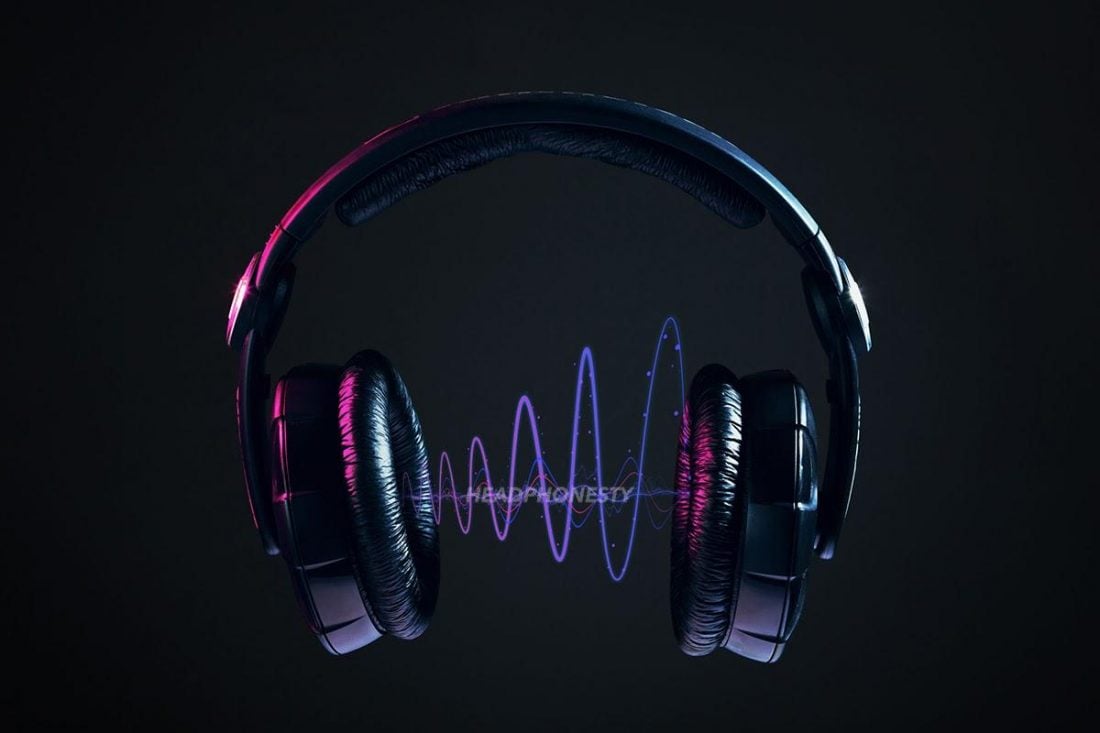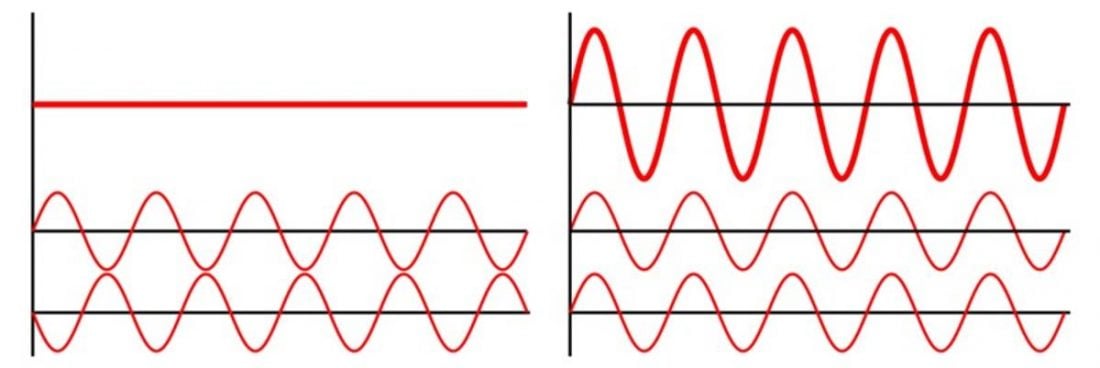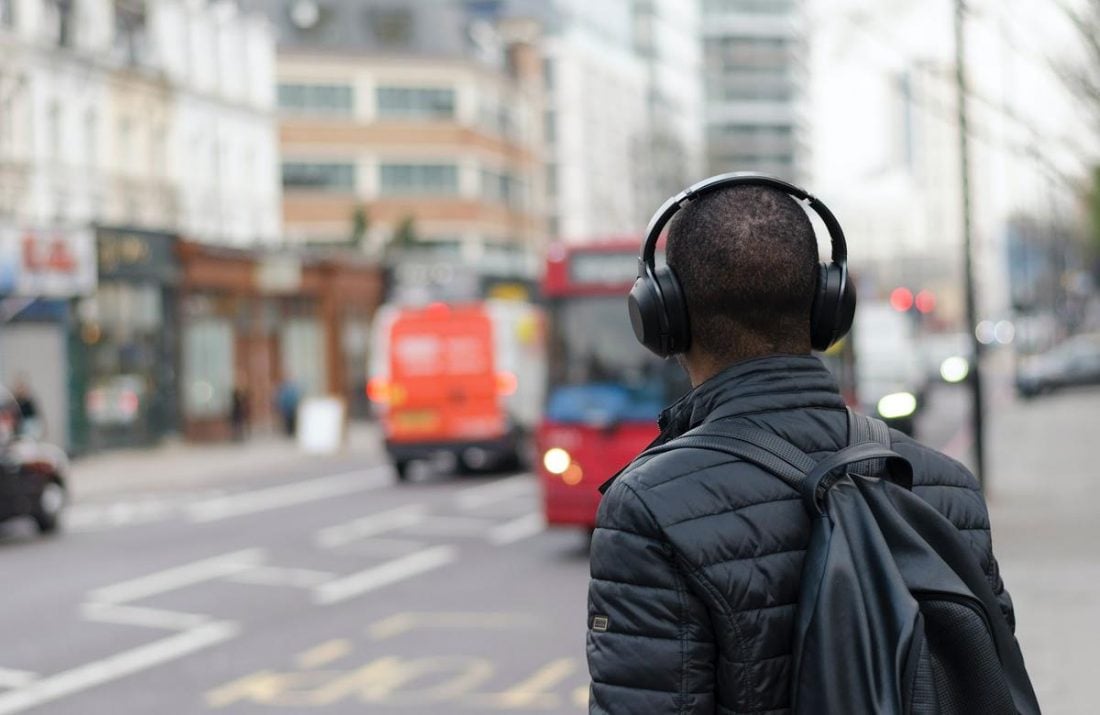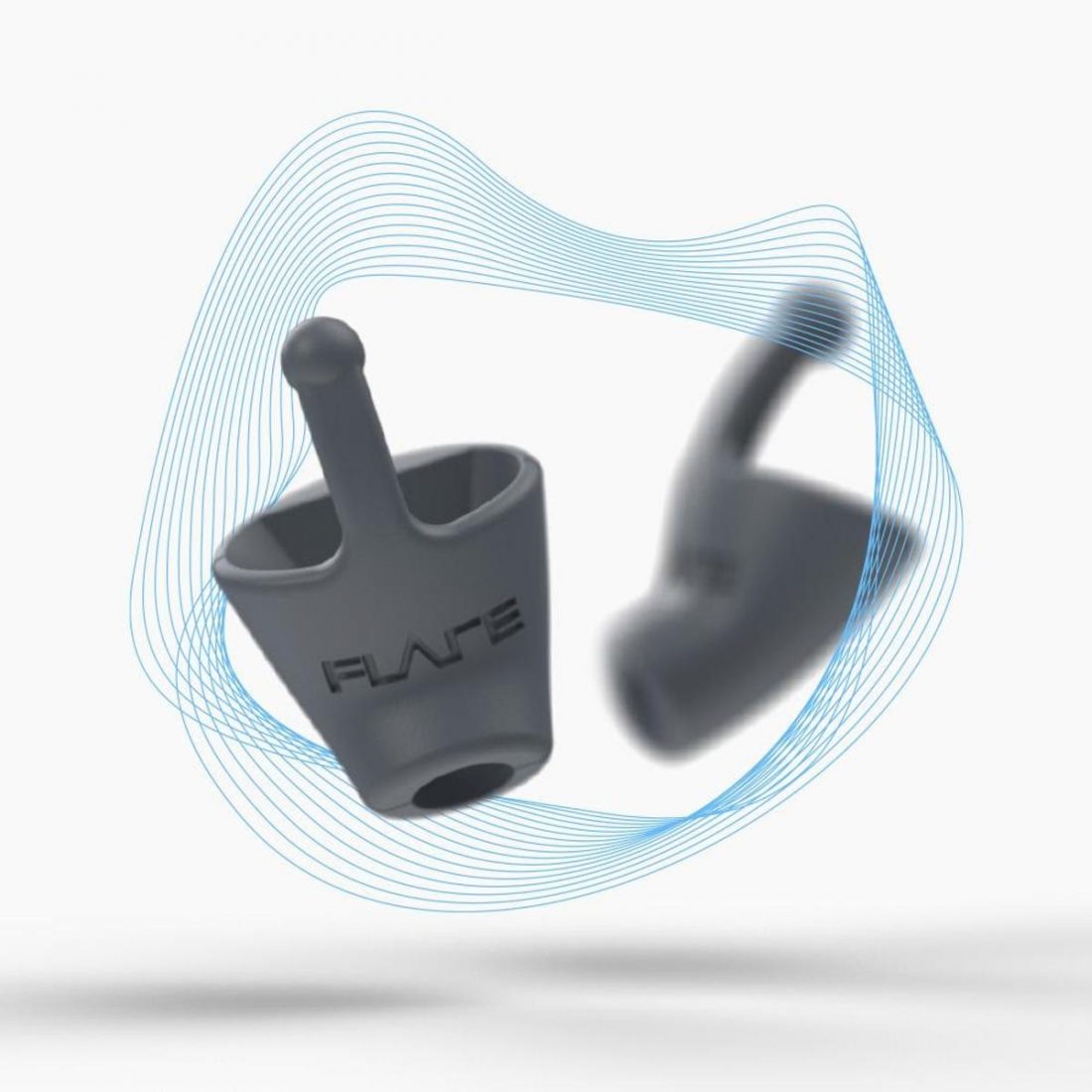For many of us, a pair of good quality, noise-canceling headphones is a welcome respite in a world that is noisier than ever. Sometimes, it feels so great to block out all the unnecessary disruptions of daily life. This makes it tempting just to keep them on all the time. But as lovely as that thought is, it’s no secret that many have reported adverse effects associated with prolonged use of noise-canceling headphones. Often, these experiences lead to questions of whether noise-canceling is safe and how much usage time is too much. Not to worry, we’ve got all the nitty-gritty details laid out so that you can be better informed before buying your own.
How Do Noise-Canceling Headphones Work?
Headphones use one of two types of noise cancellation – passive noise cancellation (PNC) or active noise cancellation (ANC). PNC headphones create a physical seal over the ear so that you hear less background noise. On the other hand, ANC electronically produces an opposing frequency that cancels out ambient noise altogether. To understand how this all works, let’s get into the mechanics of noise cancellation.
Passive noise cancellation
Passive noise cancellation is the most common form of noise cancellation that most headphones in the market employ. PNC headphones, particularly the over-ear or circumaural types, work by physically soundproofing the ears using specific materials. The ear cups of PNC headphones create an airtight seal over the ear, preventing sound from leaking out or coming in, and high-density material like memory foam further dampens unwanted noise.
Active noise cancellation
ANC begins with a miniature microphone sampling the ambient noise in your surroundings. If you’re sitting in a crowded coffee shop, for example, the microphone will pick up the sound waves generated by the constant drone of the busy cafe. These soundwaves are basically pressure waves that travel through the air at a specific frequency. The microphone then takes the sampled audio and feeds it into the battery-powered noise-canceling system in the headphones. The system then inverts it, producing a signal that is the exact opposite of the original. And finally, the headphone speakers plays back this opposite signal. Here’s where it gets a bit more technical. When two frequencies or signals are in complete opposition to each other, that means they are in antiphase. And when two signals in antiphase collide, destructive interference occurs. Destructive interference occurs when the highest point of one frequency meets the lowest point of its opposing frequency (seen in the left image), thereby canceling them both out. This contrasts with what we see in the rightmost image (constructive interference) wherein the two frequencies are identical, resulting in a more amplified signal. All these additional mechanisms and advanced technology make ANC headphones stand out when it comes to noise reduction as compared to Passive Noise Cancelling headphones. However, its effectiveness can sometimes base on how well its internal mechanisms were made and integrated into the headphones. In turn, this also affects the overall costs. This is especially noticeable when you compare ANC headphones under $100 and those under $300.
So, Is Noise-Canceling Safe?
The short answer is, yes. Noise-canceling headphones, on their own, are safe. In fact, the ANC technology was actually invented mainly for the hearing protection of pilots against the loud sounds of the plane engine. This is why noise-canceling headphones can be beneficial in helping prevent hearing loss and alleviating noise-related stress. As previously mentioned, noise-canceling headphones work by removing continuous low-frequency background noises like the hum of machinery or an airplane engine’s rumble. With this noise significantly reduced, the wearer experiences clearer sound and no longer feels the need to raise the headphones’ volume to ear-damaging levels. This is particularly important for people with sensitive hearing, and children who are more prone to hearing damage when continually exposed to noise. That’s why there are noise cancelling headphones for kids with additional hearing protection, like volume limiters. However, some higher-end ANC headphones can also cancel out even middle frequencies like voices, but mid-range ANC headphones are more effective in reducing low-frequency sounds. Noise-canceling headphones can also help with noise-related stress. This type of stress doesn’t just disrupt our concentration but can also cause high blood pressure, ulcers, and migraines. Having a good pair of noise-canceling headphones helps minimize our exposure to bothersome background noise and helps keep our stress levels in check.
Safety Concerns Involving Noise-Canceling Headphones
Despite the benefits of noise-canceling headphones established, a simple Google search will tell you that there have been several safety-related user complaints regarding the said devices, no matter if they’re budget-friendly or premium. Let’s talk about some of the most common safety concerns involving noise-canceling headphones.
Pressure on the ears
Some of the most common complaints surrounding noise-canceling headphones involve jaw pain, headaches, dizziness, and ear pressure. The ear pressure, in particular, is likened to the same kind of ear pressure one feels on an ascending airplane. To understand this better, it’s essential to know how barometric pressure changes affect us. When we take off in a plane, the ear pressure we feel occurs because of air density differences inside and outside your ears. When air density is higher inside your ears, the inner ear vibrates less, which means you perceive low-frequency sounds less. Some people adapt well to ANC headphones and don’t experience any symptoms at all. Others can use them without incident for only a few hours a day before they feel the need to take them off. Unfortunately, there is no “cure” for this. And people who struggle with the symptoms get no choice but to trade their ANC headphones for PNC ones instead. This isn’t unknown to manufacturers though. That’s why some noise cancelling headphones made primarily for travel have pressure-relief technology, to distribute the air pressure evenly over the ears. It results in a safer listening experience and even better sound quality.
Tinnitus
Tinnitus is a persisting ringing or buzzing sound in the ears that becomes even more pronounced with the lack of any external background noise. It’s a common disorder that can affect people of all ages and can be triggered by anything that damages or interferes with your ears’ sensitive internal structures. Many people have reported experiencing tinnitus due to using ANC headphones, however, there is no scientific correlation between tinnitus and ANC headphones. A plausible theory for the perception of tinnitus is likely due to the heightened noise reduction by ANC headphones. For example, if you use noise cancelling headphones to study in a hall or a library, ambient noise can become close to zero and we become hyper-aware of the ringing sounds in our ears. On the contrary, ANC headphones are recommended for tinnitus sufferers, as well as for the prevention of tinnitus. This is because the effective ambient noise cancellation feature reduces the need for wearers to increase the volume of their headphones when in noisy environments, thus preventing or lessening any future tinnitus episodes.
Using noise-canceling headphones outdoors
Not having music to motivate you through a workout, or your favorite podcast to accompany you on an errand sounds inconceivable. But it’s this singular act of putting on a pair of noise-canceling headphones while we’re out and about which places millions of people at risk every year. For many of us, it’s second nature to don a pair of headphones before we head out. But in doing so, we’re hampering one of the most important senses we need to recognize danger. We close ourselves off from mentally registering things like car horns, fire alarms, and other important alerts. This increases our chances of getting into accidents. If you’re driving or running along an area with lots of traffic, it’s advisable to avoid using noise cancellation altogether. Such activities require the attentiveness of all our senses and will often need a lightning-fast response from us if something goes wrong. To lessen the occurrence of distraction-related accidents, tech companies like Audio Analytic created ai3™, a sound recognition software designed to be embedded into audio devices, like headphones, earphones, and speakers. This allows users to remain alert for certain sounds (car horns, sirens, alarms) even while wearing ANC headphones, thus allowing them to react accordingly.
Conclusion
Yes, we all love our games, our music, and our quiet time. But let it not be at our hearing’s expense. Our ears are fragile, and we only get one pair of these babies in a lifetime. It’s only up to us to treat them well. Hopefully, this in-depth guide, hasn’t only helped you understand how to get the most out of your headphones. But also how to take care of your ears. Of course, not all noise canceling headphones work as well as the others. That’s why we’ve compiled a list of the best noise cancelling headphones for every budget and purpose. Feel free to check it out! Got any questions, tips, or suggestions? We’d love to hear anything you’d like to share on the topic, so feel free to leave a comment below.



